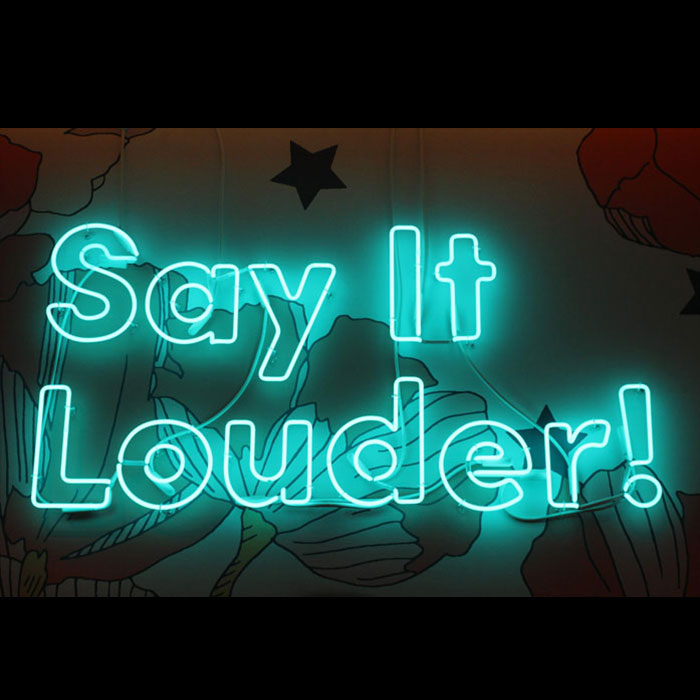Devices: form and function

Devices move across genres—there are poetic devices, literary devices and rhetorical devices—but, no matter their genre or their names, their form
(what they look like) remains constant and their function(what they do) will always be variable. Knowing this about devices makes language analysis all the more easier and interesting. Let me show you.
Alliteration
|
Alliteration, repetition of the same sound, is often used to convey tone. Take, for example, alliterative “Barbara baked banana bread but it burned”, surely a bummer for Barbara, nevertheless, an excellent example illustrating how alliteration is used to convey disappointment. |
|
FORM: alliteration, repetition of the same sound EVIDENCE: “Barbara baked banana bread but it burned” FUNCTION: conveys tone |
Alliteration doesn’t always have to convey tone. It can also create mood, and rhythm and deliver comedic effect.

Anaphora
|
Anaphora, repetition of the initial words of a sentence, emphasizes key ideas to persuade, inspire, motivate and encourage. For example, “We shall fight in France, we shall fight on the seas and oceans, we shall fight with growing confidence…” makes memorable through the rhythm and cadence Churchill’s call to action ‘We shall fight’. |
|
FORM: anaphora, repetition of initial words of a sentence EVIDENCE: “We shall fight in France, we shall fight…” FUNCTION: emphasizes key ideas |
Anaphora doesn’t always have to emphasize key ideas. It can also add rhythm making the reading experience more pleasurable.

Colloquial Language
|
Colloquial language, regional expressions that create a conversational tone, create a casual, relaxing atmosphere. For example, if an authority figure, such as, say, your teacher, used colloquial “posh” (meaning to describe something or someone as refined in an upper-class way), the reason for doing so would be to create a closer connection with you through social proximity, making the teacher likable and the class more manageable. |
|
FORM: colloquial language, regional expressions EVIDENCE: “posh” FUNCTION: creates familiarity through social proximity |
Colloquial language is different from jargon and slang. Jargon is specialized language, like when a doctor says “Stat!” to mean urgent or when a computer programmer refers to “syntax”. Huh? Jargon is known to a particular trade, profession, or group. By the way, slang, another specialized language, is created by each generation. The word “tea”, for example, meaning to exchange hot gossip, is an example of 2020 slang. Interested in what’s trending in 2021? Check out the Top 10 Slangs Words for 2021.

Enumeration
|
Enumeration, to list one by one, amplifies abundance by breaking down an idea into its component parts. For example, “They carried the sky. The whole atmosphere, they carried it, the humidity, the monsoons, the stink of fungus and decay, all of it, they carried gravity” Illustrates the overwhelming weight of the world carried by US soldiers in Tim O’Brien’s novel “The Things they Carried”. |
|
FORM: enumeration, to list one by one EVIDENCE: “They carried the sky. The whole atmosphere…” FUNCTION: amplifies abundance |
Enumeration doesn’t always amplify abundance. It can individuate listed items to elucidate a topic, and it can help to avoid ambiguity.

Inclusive Pronouns
|
Inclusive pronouns, “we”, “us”, “our”, “ours”, “ourselves”, creates a sense of solidarity between the writer and the audience. For example, “We the people of Earth come in peace” conveys a commonality. Exclusive pronouns, on the other hand, create division. For example, “Defenders of Earth: we have come for your natural resources” excludes the reader since it suggests an ‘us-them’ relationship. Exclusive pronouns look the same as inclusive pronouns. |
|
FORM: clusivity, 3rd person plural pronouns EVIDENCE: “we”, “us”, “our”, “ours”, “ourselves” FUNCTION: unifies or divides |
Other pronouns that convey meaning are 2nd person “you”, “your”, “yours”, “yourself”. These directly address the reader making the reader feel important, a form of synthetic personalisation by which the writer creates an illusion of a relationship with the reader. Direct address can also carry an accusatory tone.

Irony
|
Irony, a contrast between expectation and reality, underscores ingrained beliefs by placing opposites side by side to give the reader a choice of alternative perspectives. For example, a teacher who tells a shy group of students, “Don’t everybody speak all at once” might have a few students chuckling because telling them to speak is the opposite of what’s expected from shy students, an ingrained belief no doubt. |
|
FORM: irony, contrast EVIDENCE: “Don’t everybody speak all at once” FUNCTION: challenges expectations |
Irony is just one form of contrast. Added to that list are oxymoron, at the word level, antithesis and paradox, at the sentence level, juxtaposition at the level of the plot, and satire at the comedic level.

Metaphor
|
Metaphor, a direct comparison between two things, engages the visual, creative, and intuitive side of your brain, by-passing the verbal, orderly, and analytical side to evoke an emotional response. For example, “The exam was murder” compares an exam to a nightmare, evoking fear in whoever has to take the exam tomorrow. Metaphors get a quicker reaction out of us because they lower our defences. Rationality just flies out the window. All things considered, though, the exam was probably murder because the student wasn’t prepared. |
|
FORM: metaphor, directly compares two things EVIDENCE: “The exam was murder” FUNCTION: by-passes rationality |
Not all metaphors appeal to emotion. Some, like synecdoche and metonymy draw attention to the power of associative and referential thinking.

Rhetorical Question
|
Rhetorical question, marked by an exclamation mark, grabs readers’ attention forcing them to think. For example, “Are school uniforms a thing of the past?” will not only attract the attention of the audience—because as you know the brain seeks out questions much like a puppy seeks out a thrown ball—it will also get the audience thinking about the speaker’s topic. |
|
FORM: rhetorical question, a question not expecting an answer EVIDENCE: “Are school uniforms a thing of the past?” FUNCTION: gets the reader thinking about the topic |
As you know, rhetorical questions trigger an internal response for the reader and the response can be a wide range of emotions, such as empathy with questions like ‘How would you feel [about Devices: Form and Function]?’

Robyn has extensive experience in HK teaching IB, AP, and (i)GCSE English. Join her classes to score high!
About The Edge
The Edge Learning Center is Hong Kong’s premier Test Preparation, Academic Tutoring, and Admissions Consulting services provider. Founded in 2008, The Edge has helped thousands of students improve their ACT and SAT scores as well as their IB and AP grades. The AC team has just finished off another successful period in which students gained acceptance to schools such as Columbia, Yale, UChicago, and more! Check out our latest Admissions Results!

